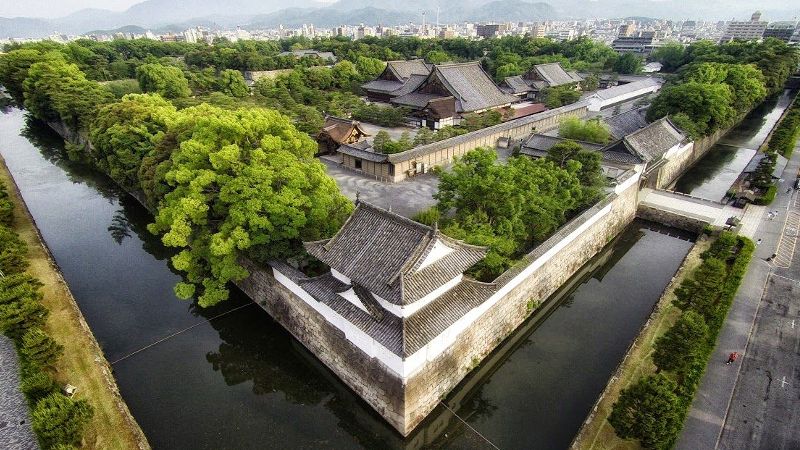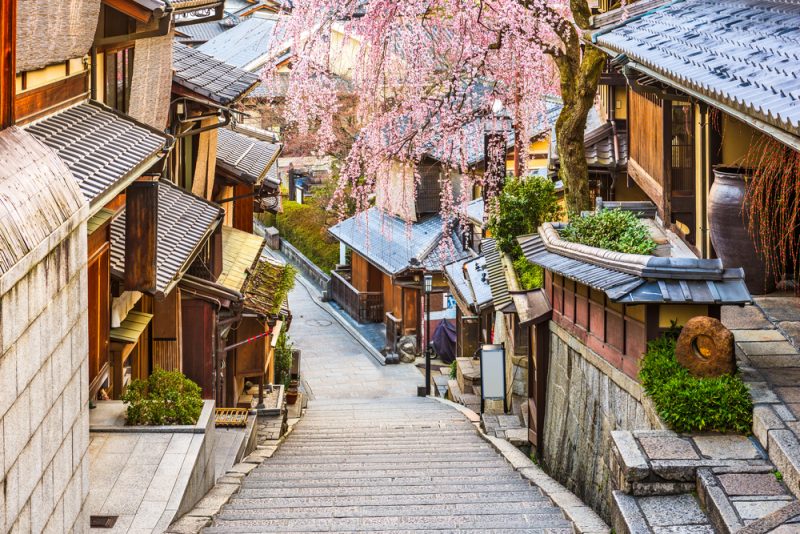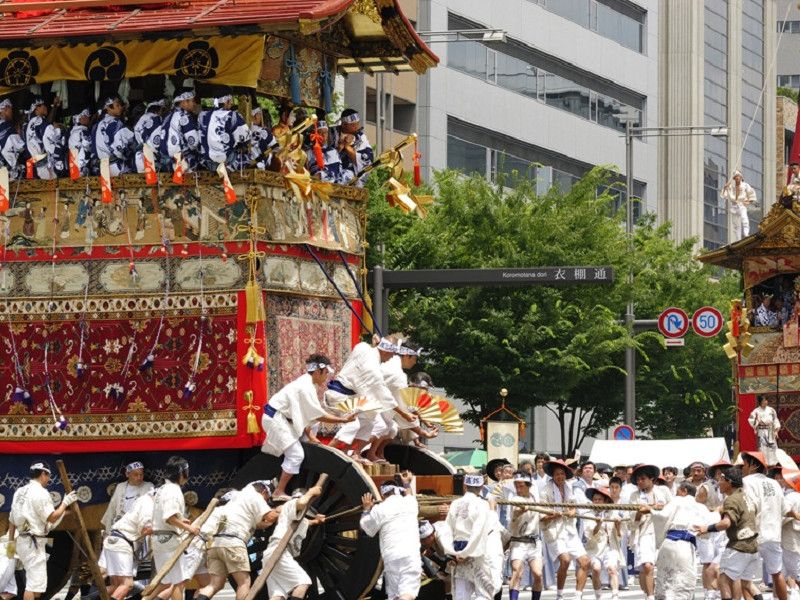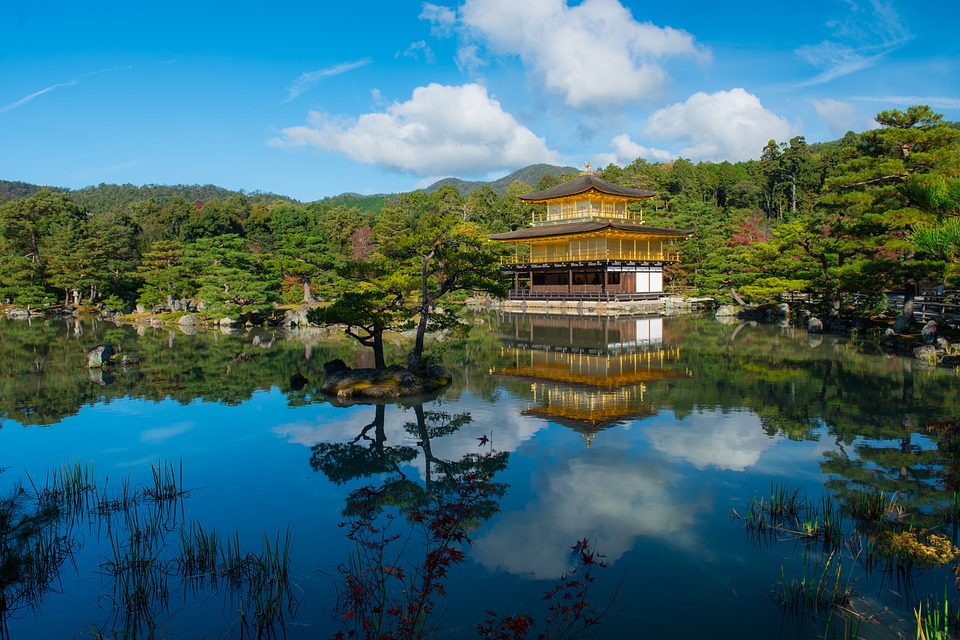The Kyoto Tower is one of Kyoto’s modern landmarks, standing in gleaming contrast to its ancient shrines and temples. Its red and white spire stands tall above the city. The tower was built in 1964 and is 131 meters in height, weighing 800 tons. It was one of Japan’s many feats that year, alongside the Tokyo Olympics and the inauguration of the Shinkansen bullet train.
Kyoto
Uncover Kyoto’s extraordinary historical value with the help of our guides. From getting around the city, to what to do, where to eat and what to see, including the famous Arashiyama bamboo grove, the thousand red torii gates of the Fushimi Inari Shrine and side trips to Osaka, Nara or Himeji Castle.
Exploring Nijo Castle: Kyoto travel guide
Another fantastic location at which to view the sakura blossom, this elegant wooden castle is one of the best-preserved from Japan’s Edo Period.
Surrounded by stone fortifications and moats, the central structure, Ninomaru Palace, was also historically well-protected from intruders by secret features such as booby-trapped floors. Can be reached in under 20 minutes from central Kyoto.
Gion travel guide: Walking through Kyoto’s geisha district
Kyoto is one of the most well-known cities in Japan. It is the capital city of the Kyoto Prefecture of Japan’s Kansai region. For more than one thousand years, Kyoto was the Imperial capital of Japan.
At the city’s heart lies Gion, a center of the traditional arts and famed entertainment district. If you’re searching for a taste of traditional Japan, Gion’s flagstone streets lined with wooden buildings is a good place to start.
Gion Matsuri: Kyoto’s most important festival
The Gion Matsuri is the largest annual festival in Kyoto, and the most famous in Japan. Locals and travelers alike fill the streets for this event that is part religious observance and part street fair.
Kinkaku-Ji: The temple of the Golden Pavilion
Situated in northwestern Kyoto, this UNESCO Heritage Site has a long and turbulent history dating back to 1397 and has been rebuilt numerous times, most recently in 1955.
Widely considered the most famous temple in Japan and visited by a large number of both Japanese and international tourists year-round, it is easy to access and just a 40-minute bus ride from Kyoto station.
Visiting Kiyomizu-dera temple in Kyoto
Kyoto’s Kyomizu-dera Temple is one of the most celebrated of Japan’s numerous temples and shrines. The meaning of its name is literally translated “Pure Water Temple”. This name is derived from the pristine waters of the Otowa Waterfall, on which site the temple was built. It is also famous for its large wooden terrace.
The Kyomizu-dera was founded in 780. Its present structures were erected in 1633. It was originally associated with one of the oldest schools of Japanese Buddhism, the Hosso sect. Since 1965, it has hosted its own Kita Hosso sect.





